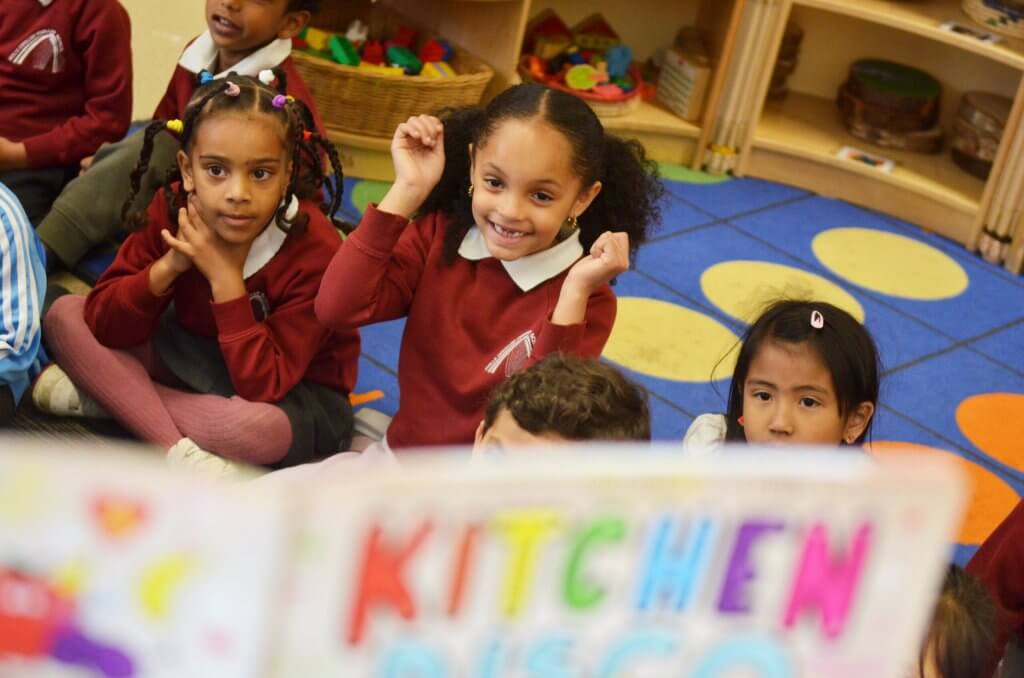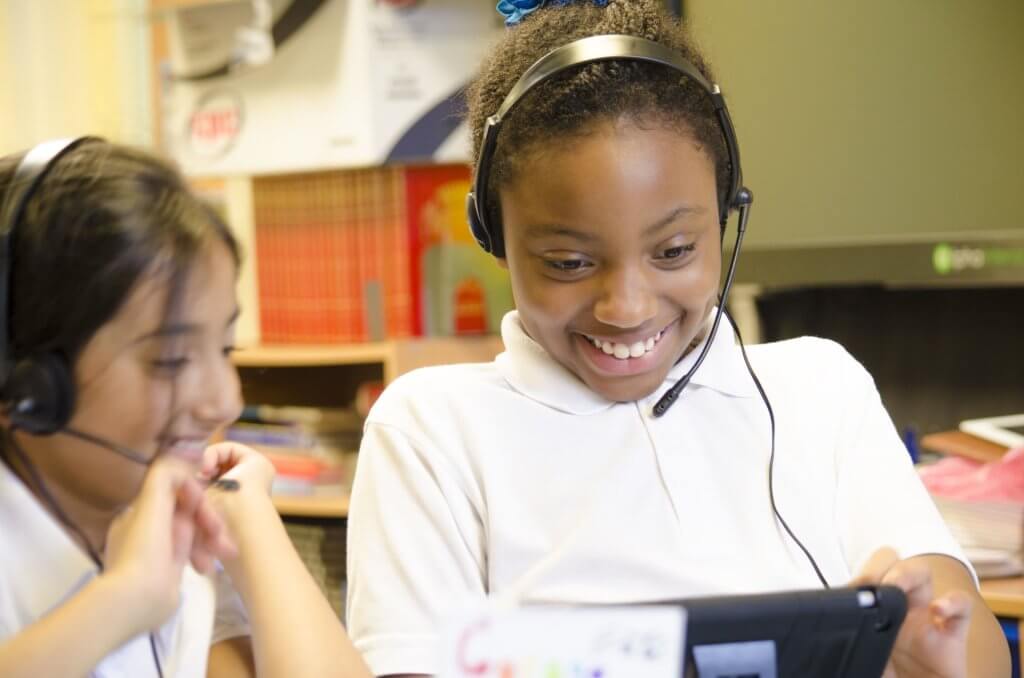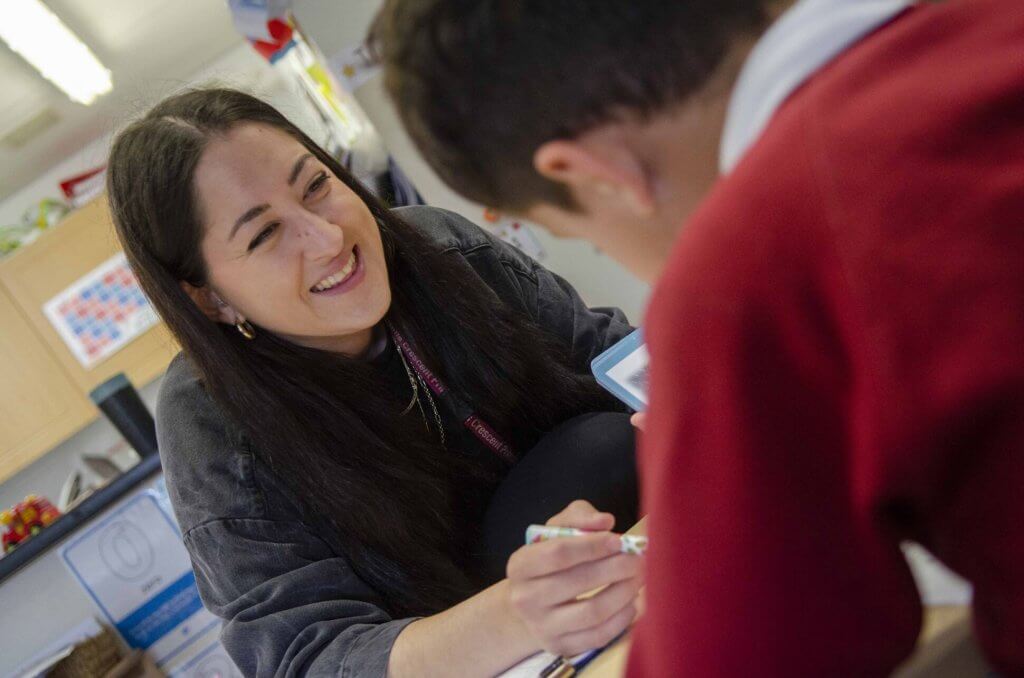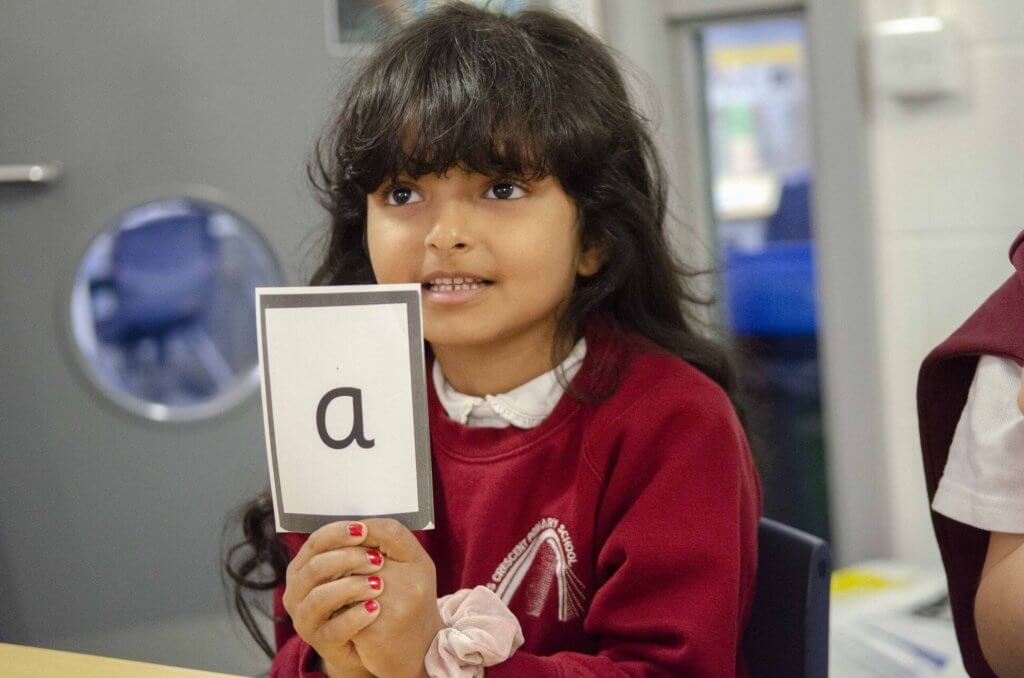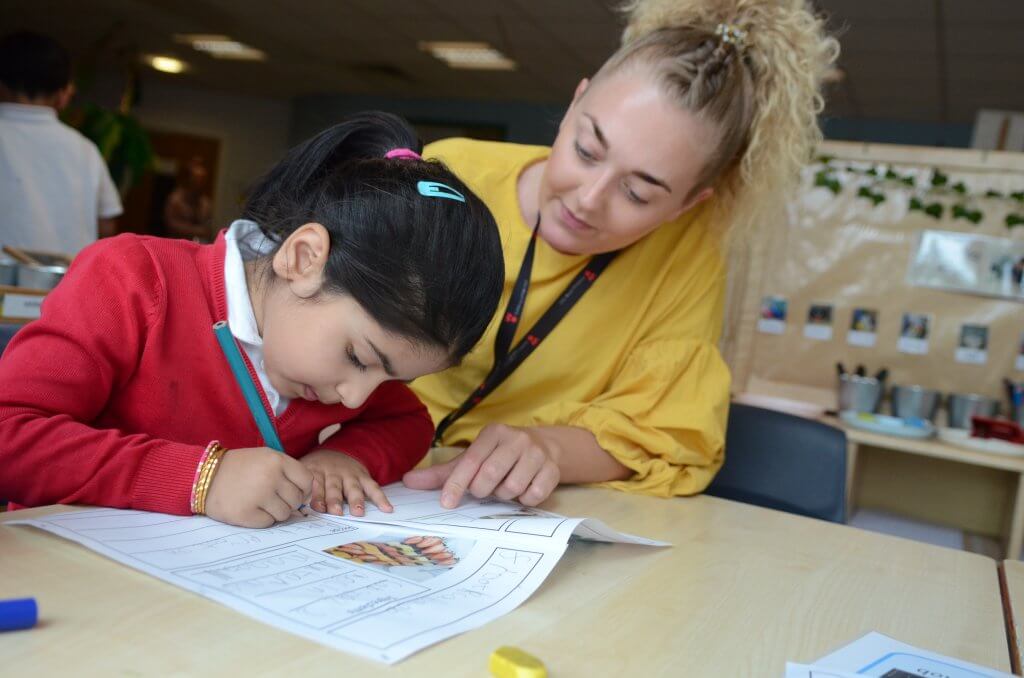Last week, running from the 14th till the 20th of September, was Sexual Health Week 2020. Brook, a charity which purpose is to allow young people to live enriched happy lives with healthy relationships, focuses specifically on sexual health as well as adverse sexual behaviours.
Over recent years we’ve seen across the country more and more cases of historic abuse come to light, lots of these often being cases of historic sexual abuse. There’s a common misconception that sexual abuse happens the least but this is not necessarily the case, it is based around the fact that sexual abuse is the least disclosed, rather than the least committed.
With all this is mind, we at times need to think about the signs and indicators of sexual abuse, and how we spot them. As part of the basic foundation safeguarding training that all school receive, it includes discussion around indicators such as: bruising in unlikely areas, being withdrawn, loss of bladder/bowl control etc.
Whilst all indicators are of equal importance, I want to highlight more of the behavioural indicators. These are often less obvious and more difficult to challenge, particularly with sexual abuse. A tool I have found extremely helpful in my time as a DSL and previously is Brooke’s traffic light tool.
The tool as stated on their website is a ‘nationally recognised’ and ‘multi-agency response that helps professionals to identify, understand and respond appropriately to sexual behaviours in young people’
It provides clear guidance for what is and isn’t appropriate for pupils of all ages ranging from children between 0 – 5 ‘using adult slang to discuss sex’ to children 9 – 13 ‘giving out contact details online’
There is no question that when it comes to sexual abuse, it comes with a certain heaviness for professionals to spot and challenge the low-level indicators which may be less obvious. This kind of tool is invaluable in the fight against abuse as its guidance is clear and concise.
If you want more information around the tool or training that Brook offer you can come and join their workshop at our conference on 5th February 2021
For more information about Brook’s organisation, visit their website.

